
Ingrown Toenails.
What is an Ingrown Toenail?
An ingrown toenail (onychocryptosis) occurs when part of the nail penetrates the skin which can often result in an infection. The ingrown nail can also apply pressure in the nail fold area without penetrating the skin – this is not technically an ingrown toenail but can also be painful (a corn/callus is also common down the side of the nail and is a reaction to pressure, rather than the nail actually penetrating the skin). Ingrown toe nails do not resolve by themselves and do require treatment.
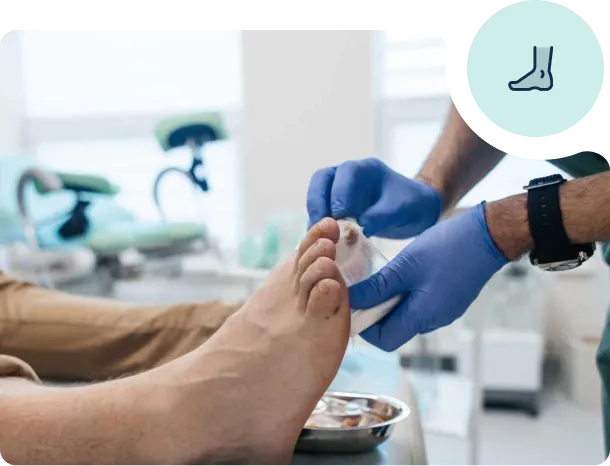

Some of the Causes of Ingrown Nails (Onychocryptosis).
Shape of the nail
A nail that is more curved from side to side rather than being flat is more likely to become an ingrown nail.
Poor cutting of nails
A sharp corner (or worse, a small spike) can be left that will initially cause symptoms by putting pressure on the skin and then later penetrate the skin.
Tight/pointy footwear
Increases the pressure between the skin in the nail fold and nail increasing the risk of an ingrown nail.
Are Antibiotics Necessary?
Antibiotics are often used to treat the infected ingrown toenail but don’t forget that the cause of the infection (the ingrown nail) is still there, so there is not a lot of point in treating the infection while the cause remains. Sometimes antibiotics are used to help the infection clear after the nail has been removed. If the ingrown nail is treated quickly and the patient is in good health it is often possible to avoid the use of antibiotics.
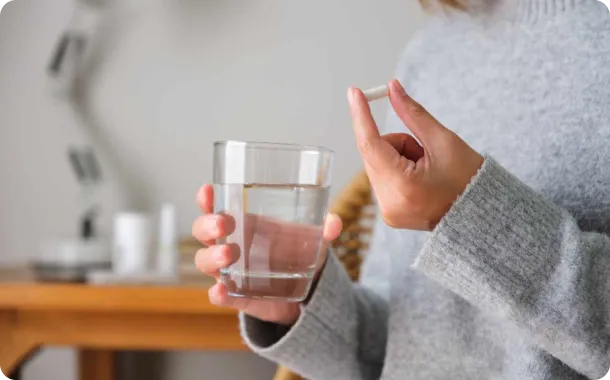
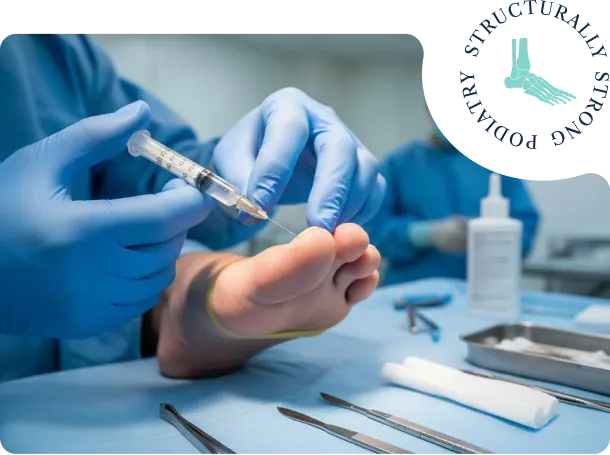
Surgical Treatment of
Ingrown Nails.
If the ingrown nail is severe, if conservative care is difficult, or if the ingrown toe-nail does not respond well to conservative care, then minor surgical intervention is a good option. It is a very straight forward procedure that is performed by Matthew in the clinic.
As Podiatrist with over 25 years experience, and having done 1000s of Nail Wedge resections his success rates are very high (approximately 90% require no further intervention after successful surgery).
The surgical procedure (called a Partial Nail Avulsion (P.N.A) or a Nail Wedge Resection (N.W.R) DOES NOT require the toe to be cut or stitched!!
What does the Procedure Involve?
1. The Appointment
2. The Procedure
3. Procedure Review
4. After-care
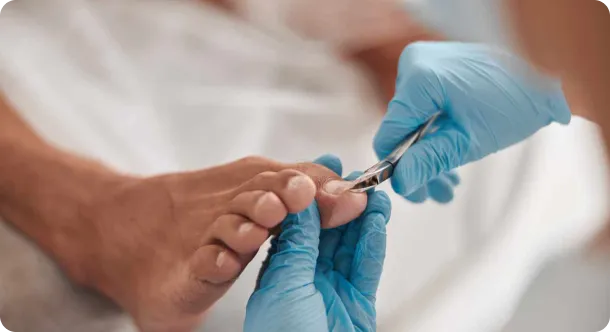
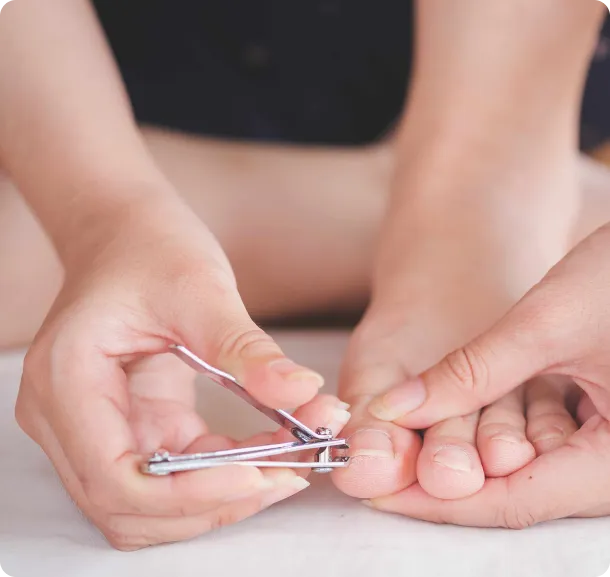
Ingrown Toenails FAQs.
What is an ingrown toenail?
big toe.
What causes ingrown toenails?
Can podiatrists treat ingrown toenails?
Does treatment hurt?
How long does it take to heal?
Can orthotics help prevent ingrown toenails?
Can children have ingrown toenails treated?
What can I do at home to prevent ingrown toenails?
- Trim nails straight across, not curved
- Wear shoes with adequate toe room
- Avoid trauma to the toes during sports or play
- Keep feet clean and dry
Let’s Begin?
We are here to guide you every step of the way.
At our clinic, we believe great care means covering every aspect of your foot health. From everyday checkups to long term support.

Let’s Begin?
We are here to guide you every step of the way.
At our clinic, we believe great care means covering every aspect of your foot health. From everyday checkups to long term support.
